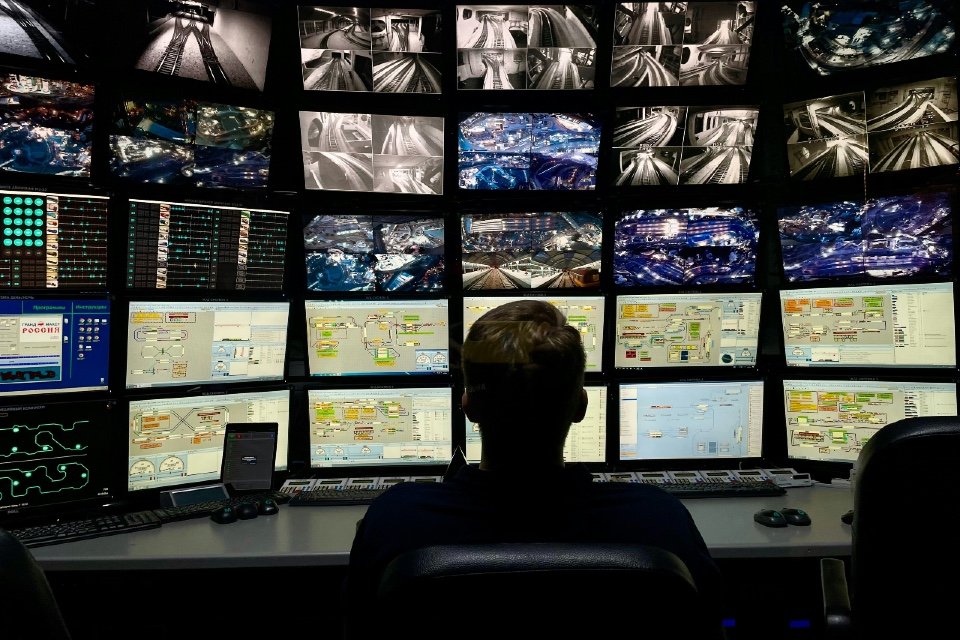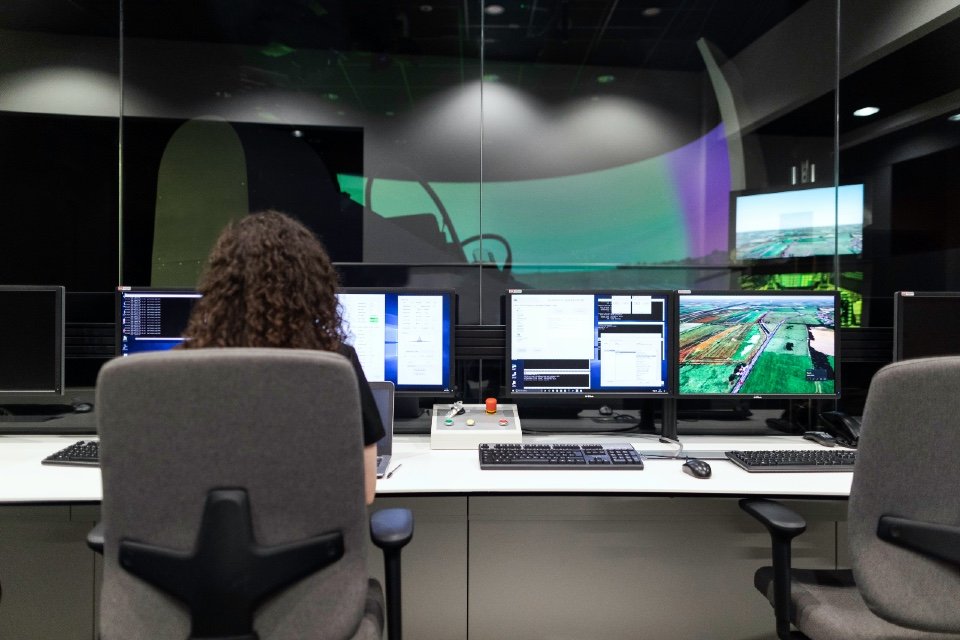AI-powered video analytics are rapidly transforming post-incident review processes, enabling security teams to respond more quickly, extract deeper insights, and reduce the burden of manual investigation. Rather than combing through hours of CCTV footage, security professionals attending the Total Security Summit are now turning to automated systems that use artificial intelligence to analyse video streams in near real time. These systems not only accelerate the investigative process but also enhance its accuracy by identifying subtle patterns or behaviours that may be missed by the human eye…
Facial Recognition and Object Tracking
One of the most impactful innovations has been the integration of facial recognition and object tracking technologies. Once an incident is flagged, security teams can quickly isolate relevant footage and identify individuals of interest based on biometric markers. Facial recognition algorithms, when deployed ethically and in compliance with privacy laws, can be especially valuable in high-traffic environments such as transport hubs, retail centres, and campuses.
Similarly, object tracking enables investigators to follow the movement of suspicious packages, vehicles, or individuals across multiple camera feeds. This functionality can be critical in tracing the origin or destination of items involved in theft, trespass, or violence.
Behavioural Anomaly Detection
AI-powered behavioural analytics is another growing field. These systems can be trained to recognise patterns of normal activity within a specific environment and flag deviations for further review. For example, loitering in a restricted area, erratic movement patterns, or congregating in unauthorised zones may trigger alerts, providing early warnings or retrospective evidence for incident reports.
In a post-incident context, this functionality helps security teams build clearer timelines and narratives based on data, rather than intuition alone.
Streamlining Forensics and Reporting
By automating video analysis, AI reduces the time needed to extract actionable intelligence, allowing investigations to proceed faster. Leading platforms also integrate with security information and event management (SIEM) systems, enabling cross-referencing with access control logs, alarm activations, and other data sources.
This holistic view not only supports forensic reviews but also improves compliance reporting and incident documentation—critical for regulatory oversight or legal proceedings.
Post-incident analysis has traditionally been time-consuming and reactive. AI and video analytics are changing that paradigm. With faster identification, better context, and more reliable evidence, organisations can close investigations quicker, improve response protocols, and proactively refine their physical security strategies for the future.
Are you searching for Incident Management & Assessment solutions for your organisation? The Total Security Summit can help!
Photo by Tasha Kostyuk on Unsplash





